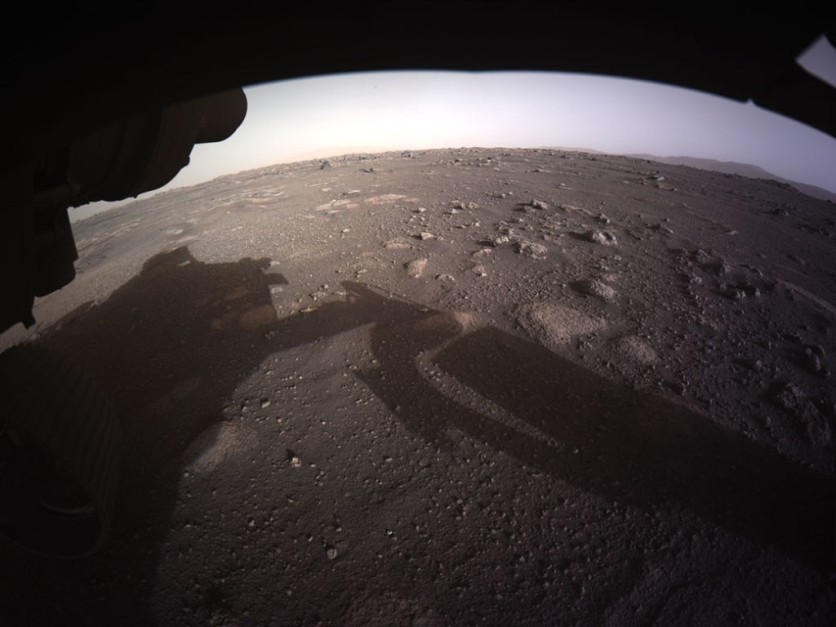A team of researchers is now developing a process to take Martian air, dirt, and sunlight to create metallic iron, as reported by PhysOrg. The Perseverance rover's Mars Oxygen In-Situ Resource Utilization Experiment (MOXIE), NASA's successful project production, will be paired with the metal extraction process. This will help co-produce oxygen and iron alloy for metal creation.

Therefore, this can be used to further human missions and development on the planet.
The Need for Metals On Other Planets
As we all know, launching technology into space takes a lot of time and money. Additionally, it's bad for the environment. To address the issue, producing resources from other planets will make things more sustainable, efficient, and cheaper in space.
Should this be successful, human exploration will be greater. It also extends technology that will allow humans to collect data better and solve issues on Earth.
Currently, the research team is working with CSIRO Minerals and the CSIRO Space Technology Future Science Platform to take the research to the next stage.
Australia is committed to supporting Project Artemis, which will require the use of the Moon and Mars resources to make it happen.
Also read : NASA Perseverance Rover Discovers Mysterious Rock on Mars, Scientists Astounded on Formation
Perseverance Rover's Oxygen Production on Mars
Earlier this year, Business Insider reported that Perseverance was able to convert some carbon dioxide from Mars into oxygen, which was the first to happen on the planet. This is a huge step in converting carbon dioxide to oxygen on the planet, and it brings hope for future versions of the experimental instrument that could pave the way for further human exploration.
The process doesn't only produce oxygen, but it can also make hauling vast amounts of oxygen over from Earth to use as rocket propellant for the return journey no longer necessary.
Thanks to the MOXIE, which is also known as the "mechanical tree," the six-wheeled robot just keeps giving. It uses chemistry and electricity to split carbon dioxide molecules that are made up of one carbon atom and two oxygen atoms. Additionally, it produces carbon monoxide as a byproduct.
Perseverance landed on Mars on February 18 with a mission to search for microbial life. While its a mini helicopter, the Ingenuity achieved its first powered flight on another planet.
The future of space exploration all seems to come down to a few questions: Can we produce metal from the Martian soil? Can we find metal deposits on other planets? Can we tame them for human use?
NASA is pressing forward, hoping to answer all of these questions. And all of this makes us more excited for the years and decades of space exploration we have ahead of us.
Related article: NASA Rover Creates Breathable Air On Mars Surface
This article is owned by TechTimes
Written by April Fowell
ⓒ 2025 TECHTIMES.com All rights reserved. Do not reproduce without permission.




